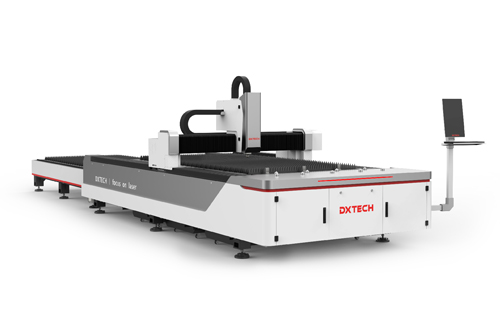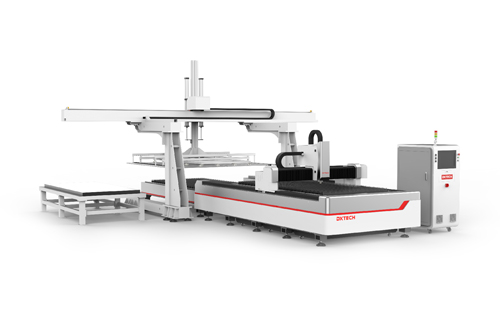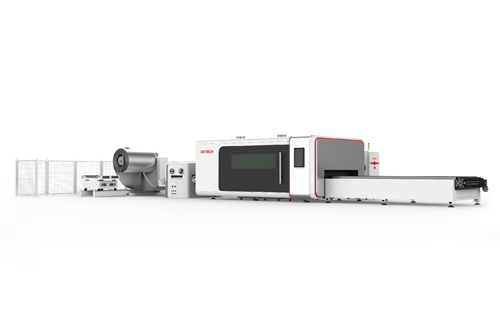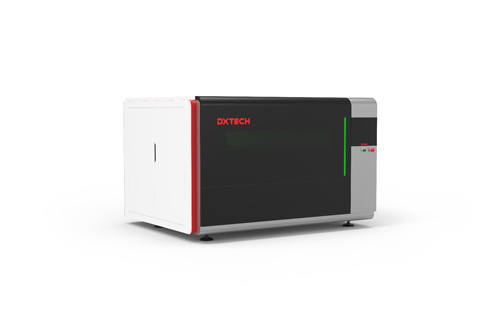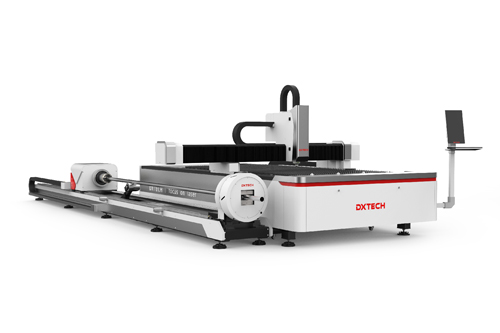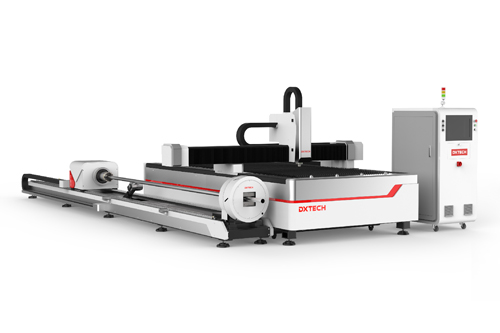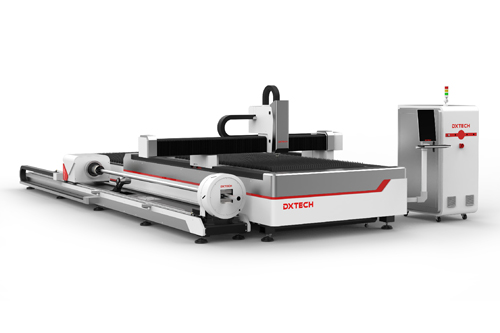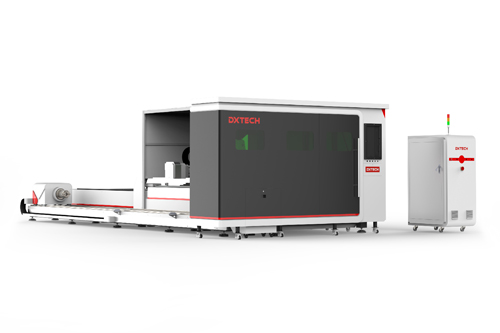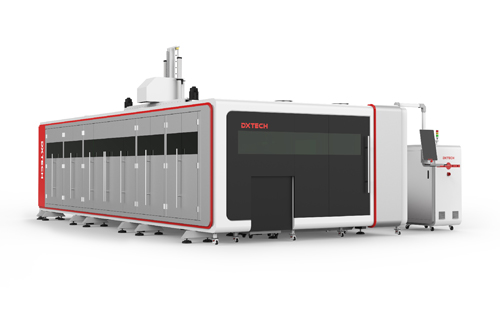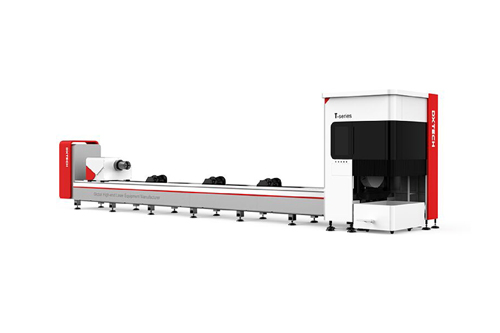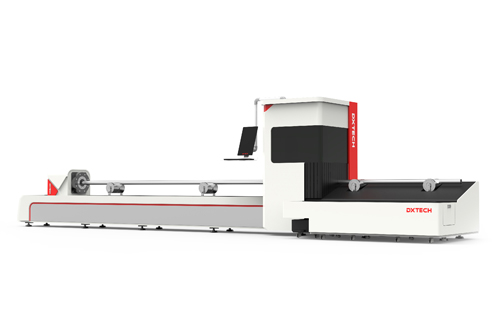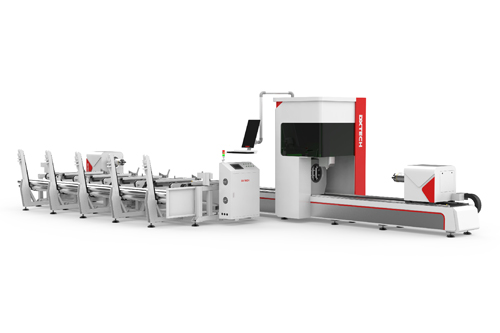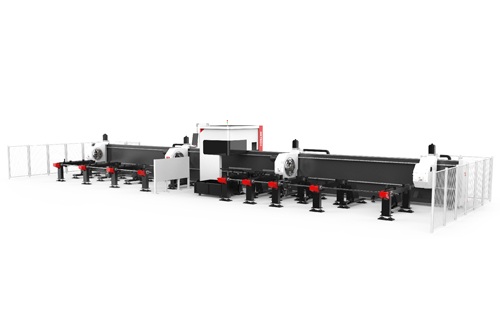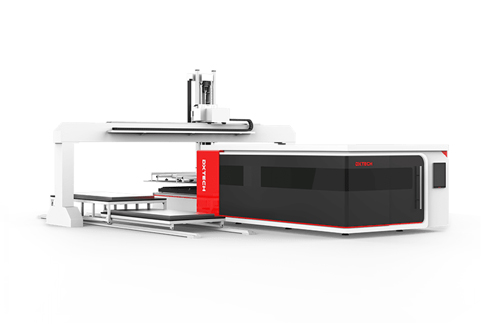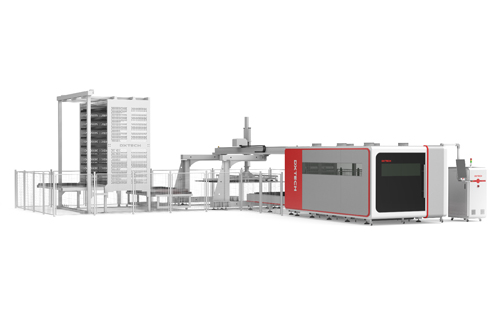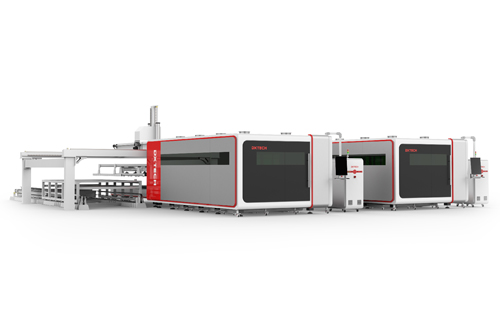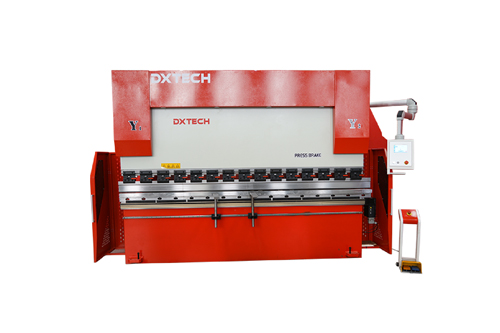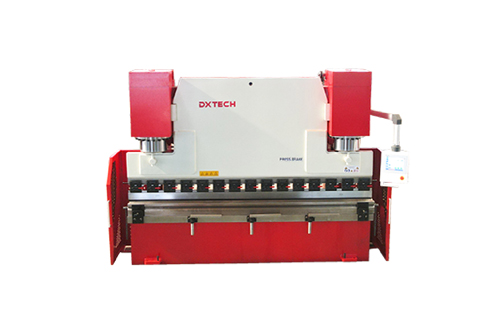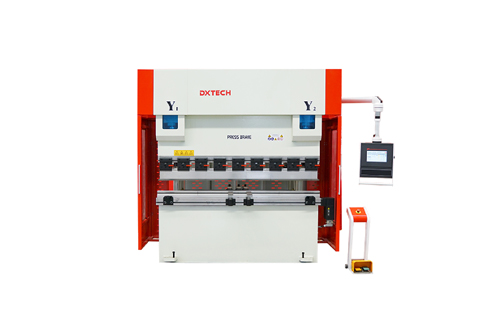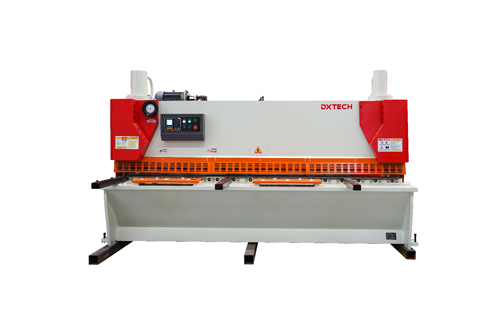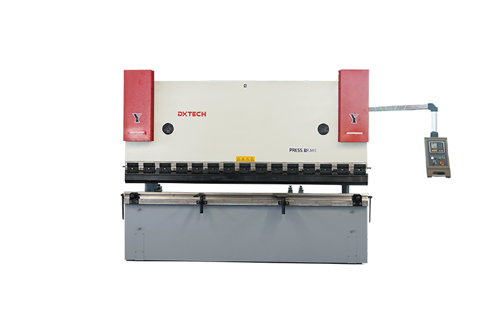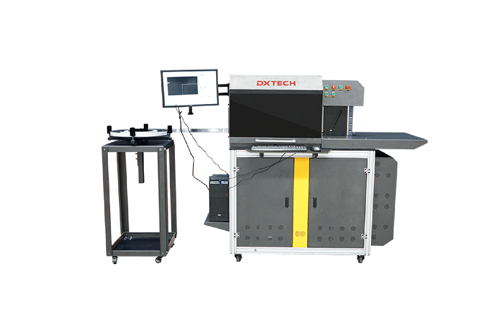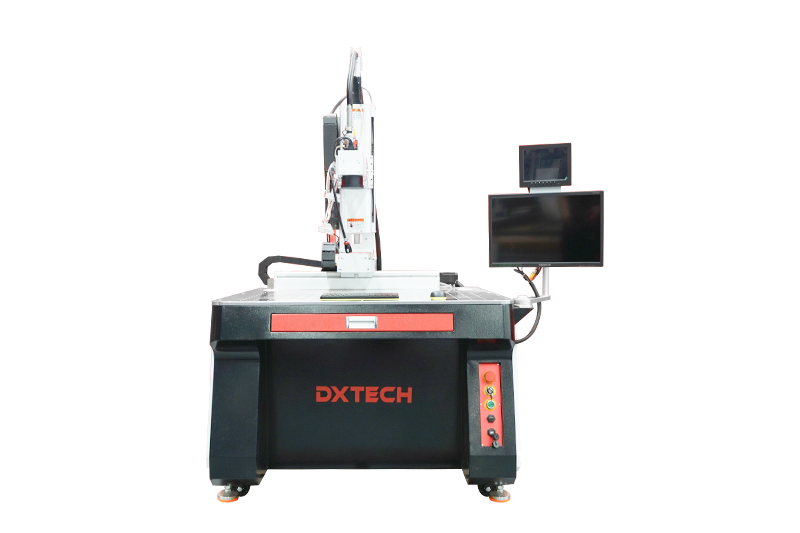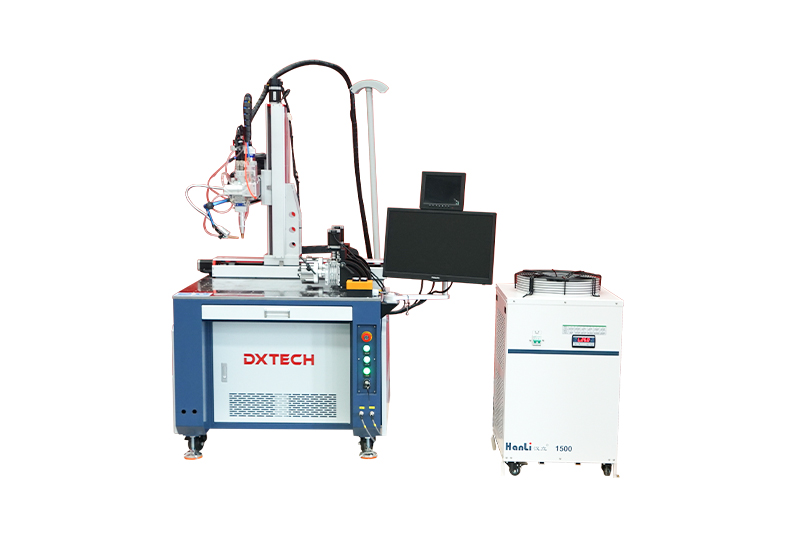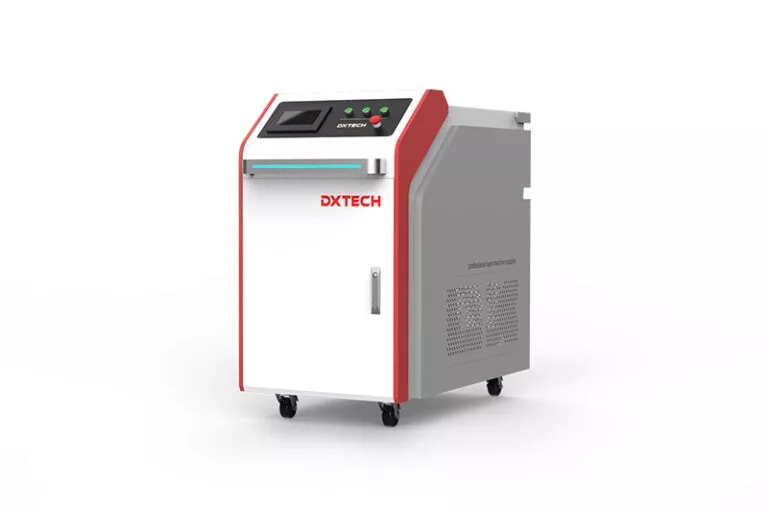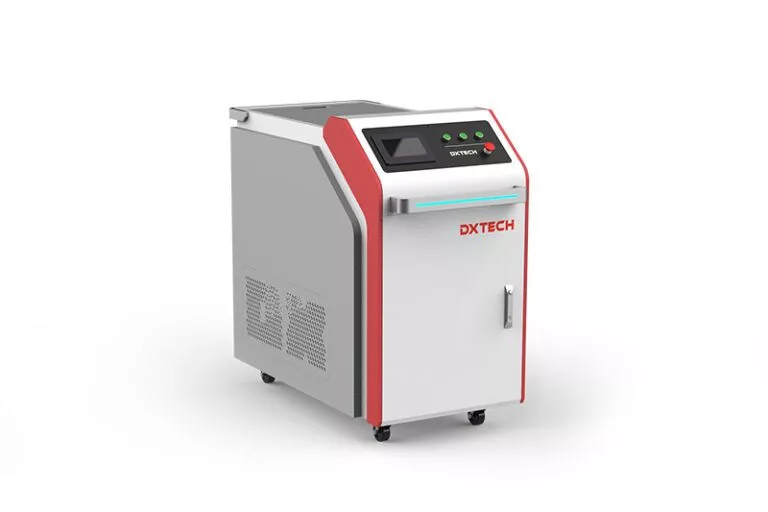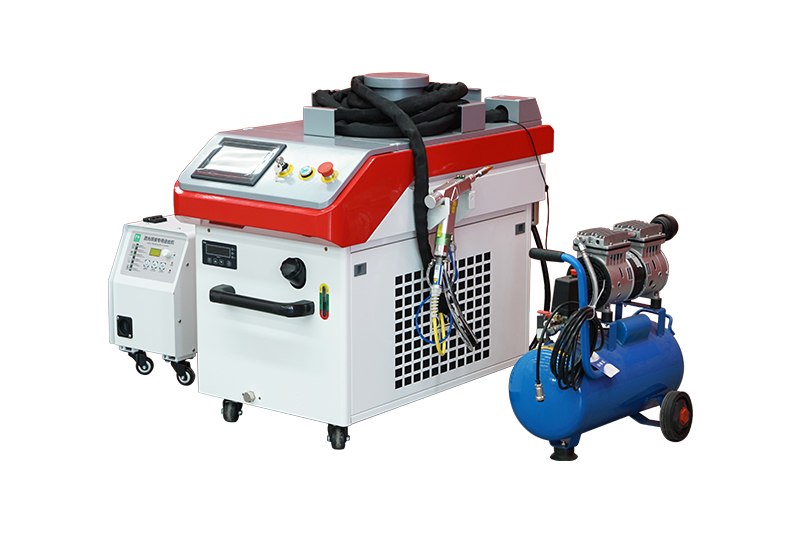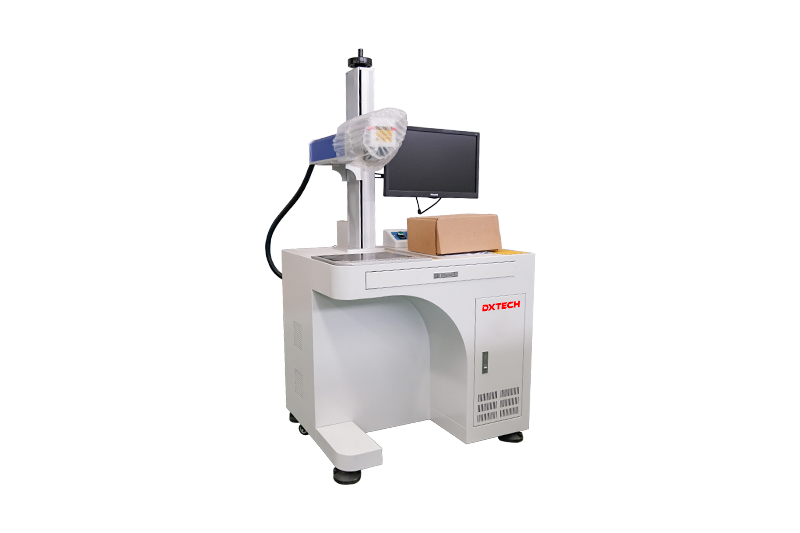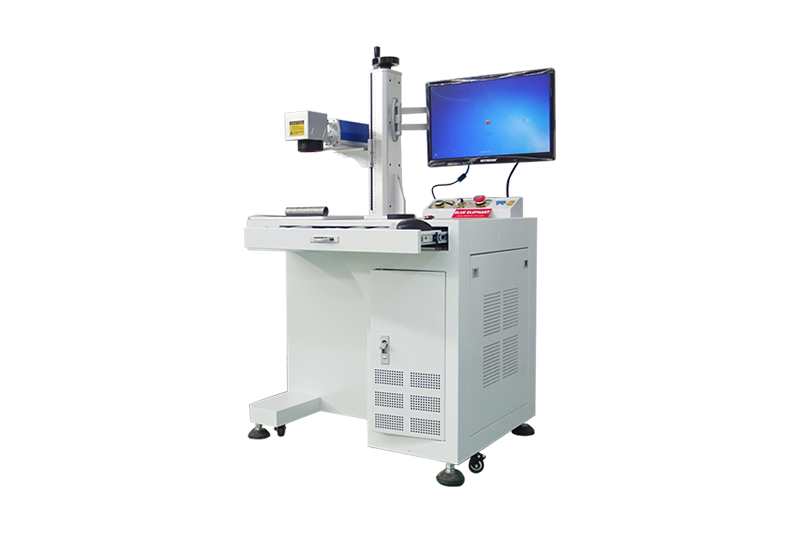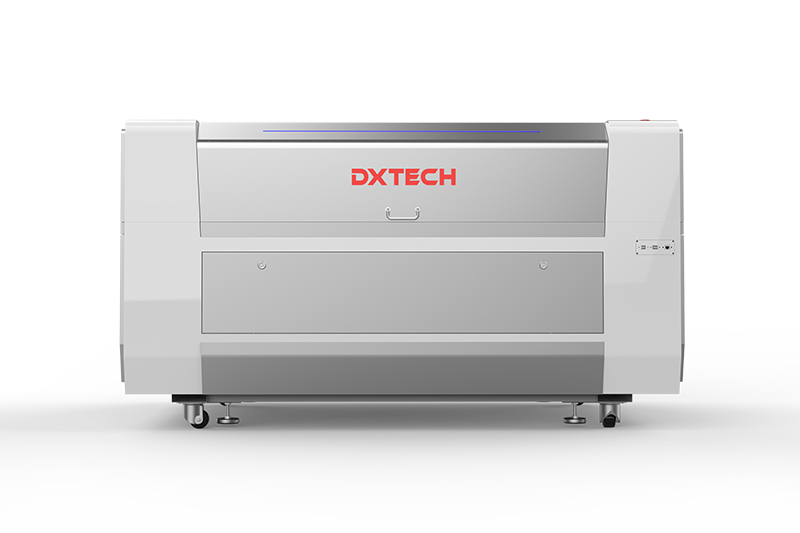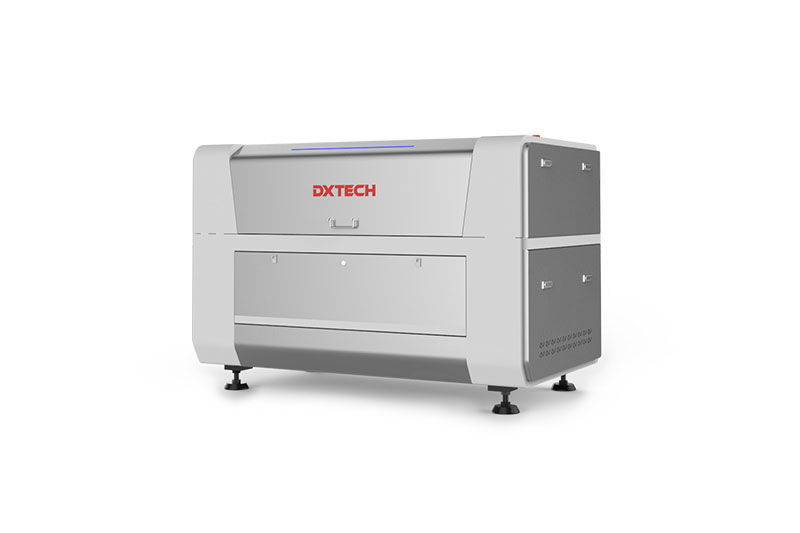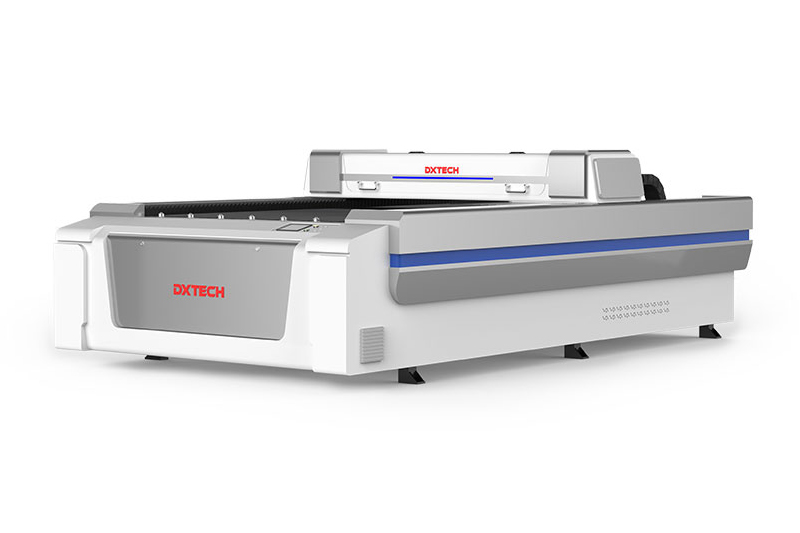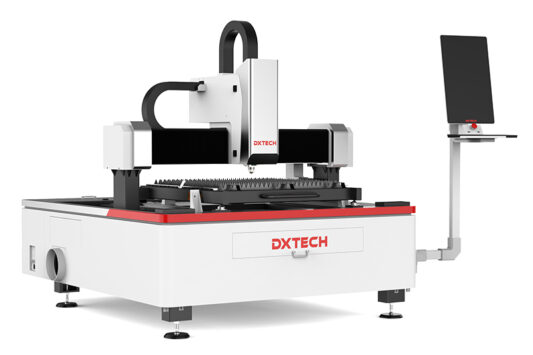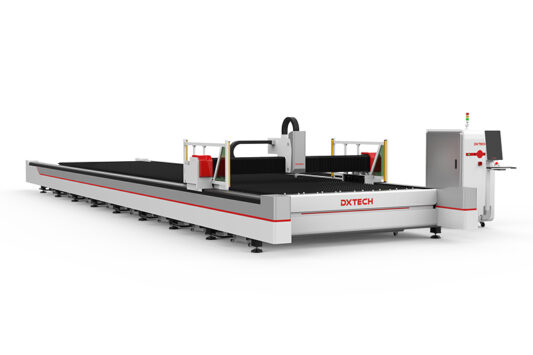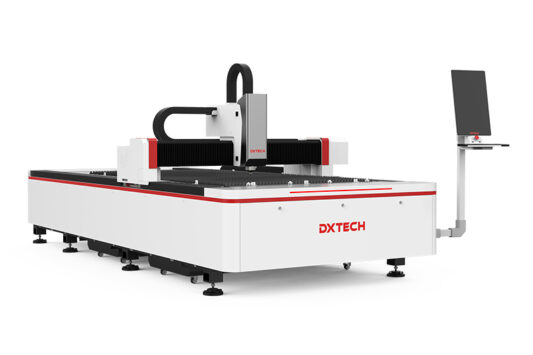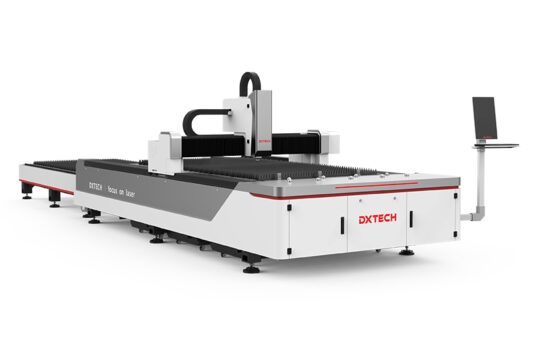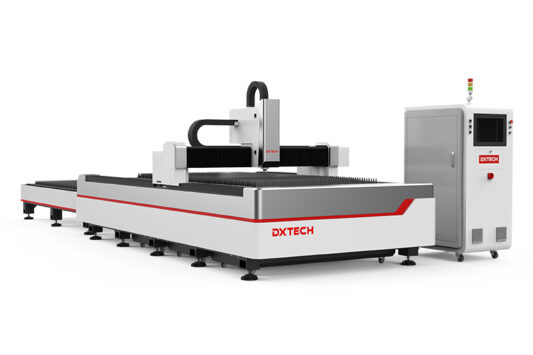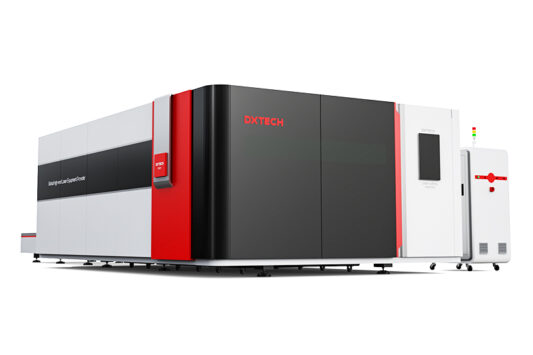As a high-precision, high-efficiency advanced processing equipment, laser cutting machine plays a pivotal role in modern manufacturing. It is widely used in the cutting and processing of metals, non-metals, and other materials. It has significant advantages such as fast cutting speed, good quality, and a small heat-affected zone. However, different materials have different requirements for laser-cutting machines due to differences in their physical and chemical properties. This article will delve into the specific requirements of a laser cutting machine when cutting different materials.
Cutting requirements for metal materials
Metal materials are one of the main processing objects of laser cutting machines, including stainless steel, carbon steel, aluminum alloy, titanium alloy, etc. For cutting metal materials, laser cutting machines need to meet the following requirements:
1. High power stability
Cutting metal materials requires a laser with high enough power to ensure that the material can be melted quickly. At the same time, the stability of laser power is crucial to the uniformity and consistency of cutting quality.
2. Precise cutting accuracy
Metal materials often require higher cutting accuracy, which places higher demands on the optical system, control system, and mechanical structure of the laser cutting machine.
3. Good cutting surface quality
The surface quality after metal cutting directly affects subsequent processing and the service life of the product, so laser cutting machines are required to achieve a smooth, slag-free cutting surface.
4. Efficient cutting speed
For metal cutting in mass production, the cutting speed directly affects production efficiency, so the laser cutting machine needs to have fast and stable cutting capabilities.

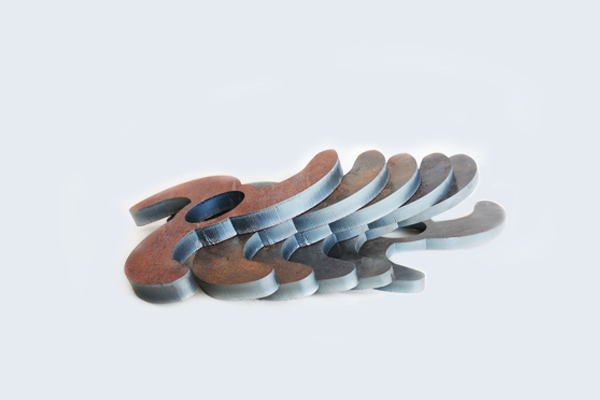
Cutting requirements for non-metallic materials
Compared with metallic materials, non-metallic materials such as wood, plastic, glass, etc. have different physical and chemical properties, so the requirements for laser cutting machines are also different.
1. Appropriate wavelength selection
The absorption spectrum of non-metallic materials is significantly different from that of metallic materials, so the laser cutting machine needs to select a laser wavelength suitable for non-metallic materials to ensure that the laser energy can be effectively absorbed by the material.
2. Flexible cutting strategy
Cutting of non-metallic materials often requires more flexible cutting strategies, such as variable speed cutting, variable power cutting, etc., to adapt to the unevenness and heterogeneity of the material.
3. Lower thermal impact
Non-metallic materials are highly sensitive to heat, and the heat generated during laser cutting may cause the material to deform or be damaged. Therefore, laser-cutting machines need to have good thermal management capabilities to reduce the heat-affected zone.
4. Clean cutting edge
The cutting edges of non-metallic materials often require cleanliness and no carbonization, which places higher requirements on the cutting environment and cutting technology of the laser cutting machine.
Cutting requirements for special materials
In addition to common metal and non-metal materials, laser cutting machines also need to deal with the cutting needs of some special materials, such as composite materials, coating materials, etc.
1. Cutting of composite materials
Composite materials are made up of layers of multiple materials, and the physical and chemical properties of each layer can vary greatly. Laser-cutting machines need to be able to accurately identify and adapt to the characteristics of each layer to achieve high-quality cuts.
2. Cutting of coating materials
The surface of the coating material is covered with one or more films, which may have special properties such as reflection and absorption. The laser cutting machine needs to adjust the laser parameters and cutting strategy to overcome the interference of the coating on the laser and achieve effective cutting of the substrate.
To sum up, laser cutting machines face various requirements when cutting different materials. To meet these requirements, laser cutting machines need to have capabilities such as high power stability, precise cutting accuracy, good cutting surface quality, and flexible cutting strategies. At the same time, with the continuous advancement of material science and laser technology, laser cutting machines also need to be continuously updated and upgraded to adapt to more diversified and more difficult cutting needs in the future.

